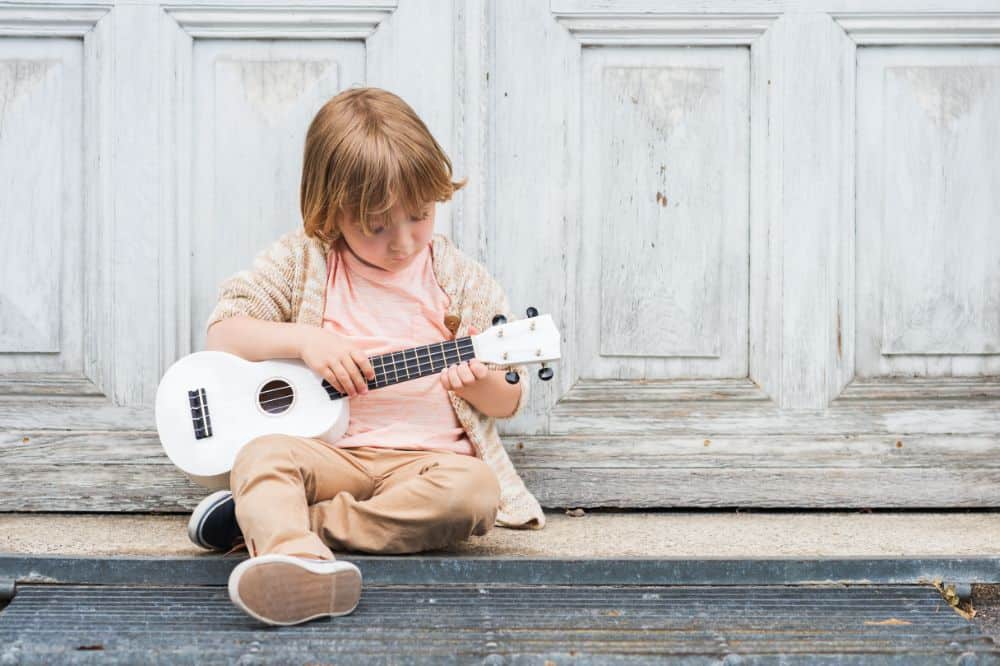
In this research project, Dr Michael Forrester examines the development of musicality in children and how this is related to cognitive and social development. The findings have important implications for educators as well as parents and care-givers.
More about Dr Michael Forrester
Full text of paper
About
Within developmental psychology, researchers have long been interested in the development of musicality in the pre-school years and how it relates to social, emotional and cognitive development. From a very early age, babies show evidence of musicality, such as response to rhythm and an interest in co-participation. As toddlers, children often show spontaneous musical activity, for example in the form of spontaneous song singing.
The extent to which musical development is related to cognitive and social development remains unclear and much less is known about the specific details of everyday musicality. In this longitudinal case study, Dr Mike Forrester examines musical development in one child during the pre-school years (between the ages of 1 year and 3 years 10 months).
Research objectives
This research examines instances of musicality and aims to contribute to the emerging literature emphasising the interpersonal dynamics of early musicality, looking at:
• What form everyday musicality in the pre-school years takes
• What function everyday musicality might have
• How people around the child respond to these practices
• To what extent the child shows an awareness of music making as a social practice
Programme and methodology
• Longitudinal case study
• 31 digitised video-recordings during meal-times
• Music-related behaviours were analysed (repetitive rhythmic movement; repetitive sound/song events ;singing; percussive actions; song-play and related rhythmic play patterns of behaviour)
• Conversation analysis
Findings
• Number of (spontaneous) musicality-related events increases over time
• Musical behavior is treated as musical from 1y6m.
• Three phases of development are distinguished:
1. rhythmic interaction with a partner (1.5-2yo)
Musicality serves a function of affective-emotive bonding between parent and child, turn-taking practice
2. Musicality with reference to word play and repetition & imitation (2-2.5yo)
A relationship between musicality and word articulation & sentence construction is apparent
Interpersonal dimension of musicality is important. Musicality as communication (e.g. using singing to interrupt others)
3. Self-focused play musicality involving narrative play and dialogue (2.5-3.10yo)
musicality can be used to indicate disagreement and irony
• Over the first 4 years children become increasingly independent musically, and musicality seems to be closely related to word-formation, word-play and story-telling. In the 2nd and 3rd phase music is used to get attention and to challenge the interaction partner.
Impact
• The findings offer new and important insight on the role of musicality for the developing child:
• Note: caution needs to be taken when generalising the results of a single case study to children in general.
• This study offered new and important information for parents, caregivers and educators:
• The study highlights when parents/carers first acknowledge musicality in the child, how it develops in the pre-school years and how it can play a role in social and cognitive development.
• These findings can be extended to a school environment and can have interesting implications for the inclusion and encouragement of musical practice in the classroom. As illustrated, musicality can stimulate story-telling, word-play as well as serving a social and communicative function, which could be beneficial in a classroom environment.